Hi All, I have these IR heaters. They run like 6hrs per day. In about a year the wire in the quartz or glass tubes will burn out. These heat lamps operate on 220vac.
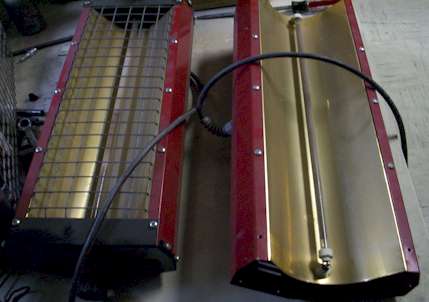
I am looking to find a source to replace the element wire.

I have now used up all the spare elements that I have, I scrounged what I had from simular heat lamps, but now I am out.
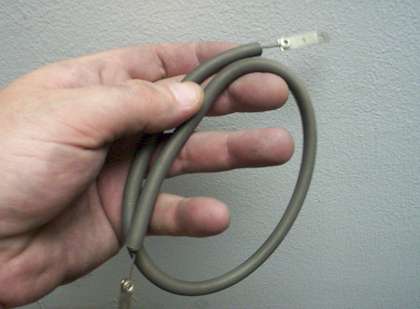
My question is this, Does anybody sell this coiled (ni-chrome?) wire element by the spool, say 50 or 100ft? The ends look easy enough to deal with, and my quartz tubes and ceramic end insulators are all in good shape. All I really need is the element wire itself.
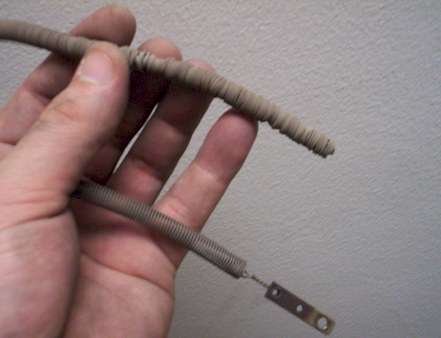
I have the spare housings that I srounged the elements from, these dont have the quartz tubes. I figuire the source of the wire element would have those as well. But I cannot use the old housings because of some minor differences in wiring, from what I using. They look real nice and are clean, perhaps would be good for a homebrew system, for heating purposes.
Here's the pictures of them there are six total.
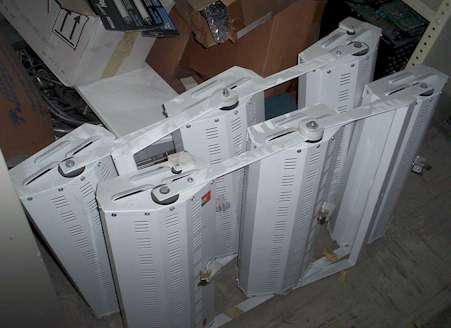
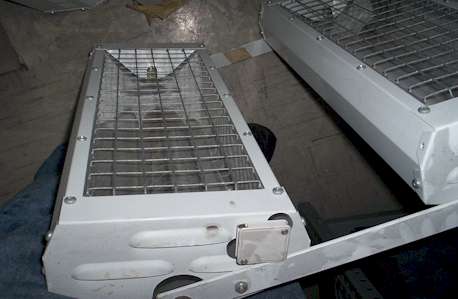
Any help with a source of this heating element wire would be lots of help for me.
-JW